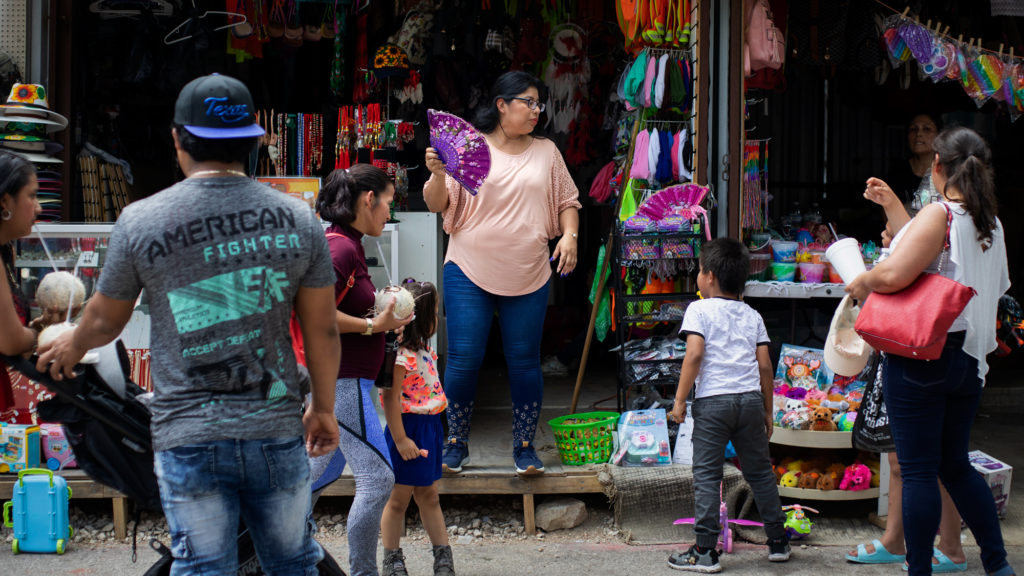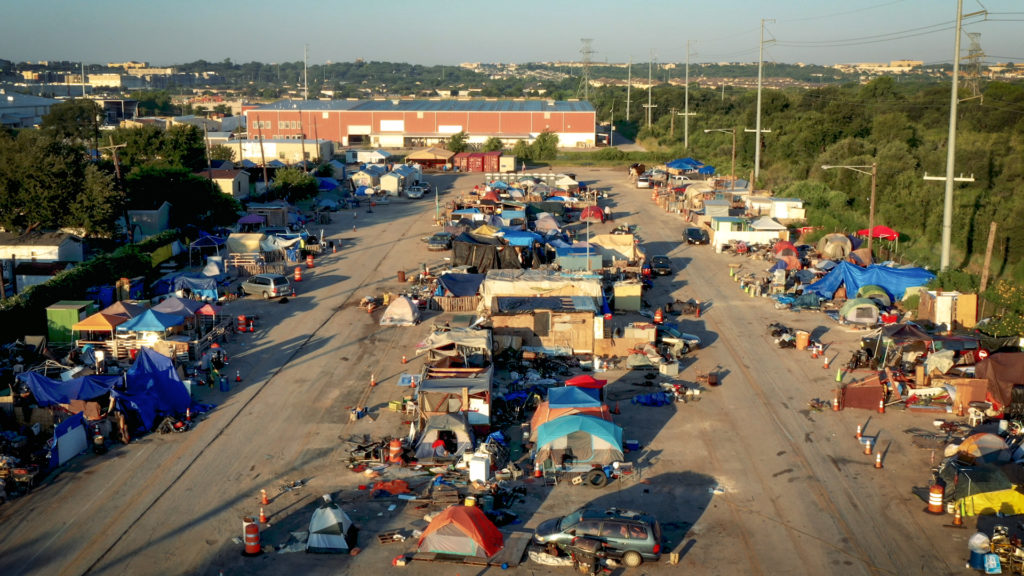Peggy Scott knows what it means to fight an uphill battle. As a registered nurse and cancer care coordinator at University of Virginia Health System, Scott has worked in health care in Central Virginia for more than 35 years.
Part of that work included outreach in communities of color to provide education about clinical trials available for cancer patients at the time. The medical system in America has a long history of subjecting Black and Brown people to unethical experiments, yet they have been historically excluded from clinical trials that yield more information about conditions of disease and possible treatment. Scott wanted people in her community to know about these potentially life-saving medical options.
“It was like breaking up a rock that had no end to it, and I was like, oh my God, I’ve just got to get into everybody’s space because nobody knows,” Scott said. “There’s nobody who has any awareness.”
Now, semi-retired but still committed to the health of her community, Scott has taken on a new challenge — this time focused on rural residents. In 2017, she and other healthcare professionals, public servants, and religious leaders banded together to form HEARR (Health Equity and Access in Rural Regions) with the goal of improving resident health in four counties south of Charlottesville — Albemarle, Buckingham, Fluvanna, and Nelson.
“We were focused mostly on health care, but it became just as much about education and information-sharing,” said Scott, who is a long-time resident of Albemarle County. “Because we are often the first to deal with an issue but the last to hear what’s happening and where the resources are that we can access.”
Early in the process, the group reached out to the University of Virginia, which began an assessment of the region to better understand the needs in the area, as described by residents themselves.
“We want the residents to tell the [organizations] that come into the community what the needs are that they have… not what we think their needs are,” said Scott. “Their voice is so powerful and so important when you’re working to support any group.”

Volunteers Troy Foster, left, and Larry Harris load food into cars during a food distribution event that By God’s Grace Mission Center Community Food Pantry organized in Dillwyn, Virginia. HEARR helped connect the pantry to resources and sent volunteers to distribute masks and information at the event. “We were new getting into this, and saw a need in the county,” said founder and president Anna Williams. “It’s good being able to network and come across people like HEARR to have resources.”
The assessment pointed to challenges common to many rural areas in the U.S. — more people living below the poverty line, higher unemployment rates, and deficits in transportation and health care. The research also pointed to longstanding racial inequities that continue to inhibit access to care and compromise the quality of care residents receive.
“When I understood the full scope of the disparities in health in our rural communities, and especially in our Black and Brown communities, that’s when I caught the bug to really work on this initiative,” said Nancy Gill, former mayor of the town of Scottsville and one of the original founders of the HEARR initiative.
The pandemic highlighted those disparities and heightened needs within the community. But the small team of volunteers from HEARR mobilized quickly to respond. They set up hand-sanitizing stations in local businesses, handed out masks at community events, and worked their phones to check on residents and point them toward resources.
After hearing many residents were having trouble making vaccine appointments or finding transportation to get vaccinated, HEARR coordinated with Blue Ridge Health Department to organize a series of vaccination drives at the Yancey Community Center. More than 400 residents, including many seniors and people with limited mobility, were able to receive a vaccine when they otherwise might not have.
“We were like, this is a no-brainer,” said Scott. “These people should not worry about getting appointments. They should not travel. We just need to organize it.”

Edward Brooks works with other volunteers during a garden work day at Yancey Community Center in Esmont, Virginia. Brooks is the program coordinator for the center and grew up in the Esmont community. He’s worked closely with HEARR to make more resources available for residents in the area, including organizing vaccination clinics. “The level of services that you get with the city, it’s not here,” said Brooks. “And a lot of people say, well, you know that when you live in the country. But a lot of people like me, we’re just born here.”
Vivian Feggans, who grew up near the small town of Esmont, volunteered with HEARR during the vaccination clinics, helping direct people to parking or waiting with them after their shot. She was impressed by HEARR’s organized approach in hosting the event, and how much it meant to the community.
“HEARR is really doing a great job at a grassroots level, seeking to help us have more and better health care,” Feggans said. “We are more aware now, and know more based on the input from HEARR.”
As part of HEARR’s effort to spread awareness, the group recently developed a printed resource guide (also online) listing local health departments, hospitals, in-home care providers, transportation services, food pantries, recreation centers, public assistance programs like WIC and SNAP, support hotlines, and government offices.
Since internet service in rural areas of Central Virginia is largely unreliable, and there’s no local news source serving the rural communities, distributing a printed guide helps ensure that more people know where to turn when they do need help and resources. “Even in this day and age when you’d think we would communicate with each other so marvelously, people don’t know what their neighbors are doing,” said Theresa Radford, a HEARR volunteer and long-time nurse of 40 years. “People don’t know what’s available down the street. Just trying to figure that out and then providing that info to people is huge.”

Edward Brooks grew up in Esmont, Virginia, as did his mother, Ruth Brooks, who worked as a hair stylist for 50 years in the small, rural community. Ruth sometimes had trouble accessing medical services due to a lack of resources in the area. “If you call the rescue squad, they will get to you pretty quickly from Scottsville, but you still got a 20 mile ride to Charlottesville to get to the emergency room,” said Brooks, who would visit his mother almost every day, cooking her meals and helping her with her exercises or household chores before she passed away in June at the age of 92.
Since HEARR came together, the group has worked with partners at the University of Virginia, county emergency agencies, and local support groups. They’ve hosted preventive health screenings and distributed water-testing kits and smoke detectors so more families feel safe in their homes.
For Scott, who has dedicated her life to helping people learn more about the resources available to them, she says it finally feels like she’s chipping away at that rock.
“We’re finding resources,” Scott said. “We’re connecting people to those resources. But we’re also trying to ensure that the voices of the people are being heard. The goal is that you can live and have your needs met. Even if that rock still exists.”





